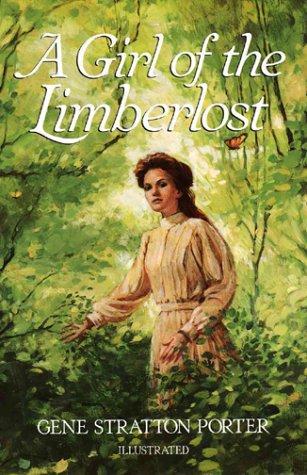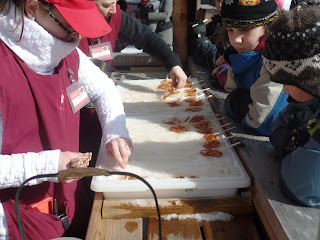 |
| The Twisted Climb WINNER, Best Young Adult Book 2016, P&E Readers' Poll |
I am enthralled with nature. I marvel at its beauty, its harshness, its harmony.
I'm certain that my Irish heritage plays a role in my love of the land. I've mentioned before in the BWL blog that I'm a descendent of the Kings & Queens of Leinster (County Carlow, County Wexford and County Kilkenny). Sadly though, I have no crown nor royal lands. But, I digress.
Back to nature.
Here in Ontario, we're still in the grip of winter. As I look out my office window, 15cm of snow dresses my property and drapes the branches of thousands of coniferous trees. Peace reigns. Canadian weather changes week to week, heck, even day to day. Last week, the temperatures were well above 0 Celsius, melting all the snow. Today, we are back to a winter wonderland.
Last week, we roamed our snow-less woods, marking trees that need to be cut down and searching for Killer Vines. Have you ever seen these suckers? They resemble small, flakey-barked trees, and they live to kill - the host tree, that is. The killer vine will 'climb' the host tree (or multiple trees), growing and snaking and entwining itself until it twists and sucks the life out of the host.
They are the Killer Vines and I am the Vine Killer. I have no mercy.
The chainsaw and branch cutters become my best friends when I'm on my vine-killing mission.
I will save the trees.
And I will kill the vines.
 |
| Killer Vine is outlined in red. Note it branched into two, and further upward, four sucker limbs. |
 |
| Killer vine resembles young tree |
 |
| Killer Vine succumbs to Vine Killer! This one required the Jeep to pull it down, thus meriting a triumphant drag-along around property. |
 In case you think I'm a wee bit cuckoo, you have to know that I'm also a bird saver. A few weeks ago, a Junco crashed into a basement window. I heard him fly not once but three times (birds really do have wee brains) into the window and when I arrived, there he was, lying on my lower terrace. The temp was about -20 Celsius. I spoke to him first, just to assure him that I was his friend (all the birds know me as 'Nana J - the bringer of bird food'). He blinked a few times, acknowledging my presence and then, with my Olympic woollen mittens, I carefully brought him inside and laid him on the warm brick beside the wood stove. After half an hour, me and my partner, Ian, brought him some water and a handful of bird food. Well, that brought him to life. He stood up, hopped a few steps and then onto the window sill. "Out," he said, or I guess, chirped. So I put on the woollen mittens and carefully scooped him back into my hands and brought him outside. I placed him on the terrace and said, "There you go, buddy. Fly!" And he did.
In case you think I'm a wee bit cuckoo, you have to know that I'm also a bird saver. A few weeks ago, a Junco crashed into a basement window. I heard him fly not once but three times (birds really do have wee brains) into the window and when I arrived, there he was, lying on my lower terrace. The temp was about -20 Celsius. I spoke to him first, just to assure him that I was his friend (all the birds know me as 'Nana J - the bringer of bird food'). He blinked a few times, acknowledging my presence and then, with my Olympic woollen mittens, I carefully brought him inside and laid him on the warm brick beside the wood stove. After half an hour, me and my partner, Ian, brought him some water and a handful of bird food. Well, that brought him to life. He stood up, hopped a few steps and then onto the window sill. "Out," he said, or I guess, chirped. So I put on the woollen mittens and carefully scooped him back into my hands and brought him outside. I placed him on the terrace and said, "There you go, buddy. Fly!" And he did.
Now I have plenty of titles to my name:
Princess (!)
Mom
Nana J
Vine Killer
Bird Saver
Author
The sequel to The Twisted Climb - Darkness Descends will be published soon. Stay tuned!
Don't forget to take a moment and enjoy the wonders of nature.
J.C. Kavanagh
The Twisted ClimbBEST Young Adult Book 2016, P&E Readers' Poll
A novel for teens, young adults and adults young at heart
Email: author.j.c.kavanagh@gmail.com
www.facebook.com/J.C.Kavanagh
www.Amazon.com/author/jckavanagh
Twitter @JCKavanagh1 (Author J.C. Kavanagh)





![Wynter's Way by [Stover, Karla]](https://images-na.ssl-images-amazon.com/images/I/51vn%2B9FXsEL._SY346_.jpg)
























.jpg)

.jpg)




